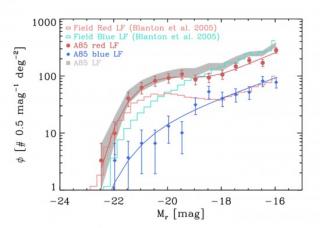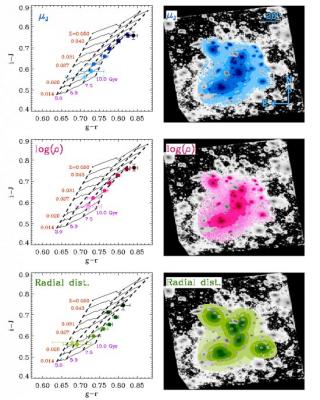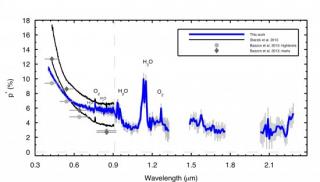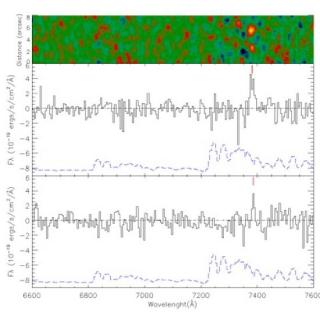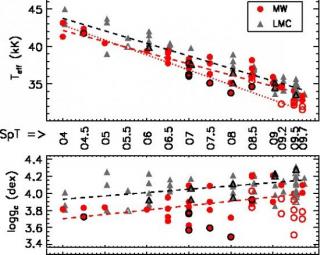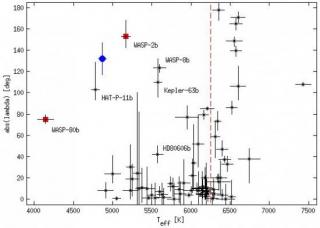
The measurement of the Rossiter-McLaughlin effect for transiting exoplanetsplaces constraints on the orientation of the orbital axis with respect to the stellar spin axis, which can shed light on the mechanisms shaping the orbital configuration of planetary systems. Here we present the interesting case of the Saturn-mass planet HAT-P-18b, which orbits one of the coolest stars for which the Rossiter-McLaughlin effect has been measured so far. We acquired a spectroscopic time-series, spanning a full transit, with the HARPS-N spectrograph mounted at the TNG telescope. The very precise radial
Advertised on
